 The Jamaican government has already covered in just four months, all the revenues that will be lost for the fiscal year even before the revenue lost from the higher threshold, starts to impact the fiscal operations from the increase in the threshold for PAYE contributors.
The Jamaican government has already covered in just four months, all the revenues that will be lost for the fiscal year even before the revenue lost from the higher threshold, starts to impact the fiscal operations from the increase in the threshold for PAYE contributors.
The data suggests that there is no need for there to be an alarm about funding the additional tax relief in 2017 as the performance to date indicates that the added break will be funded from the 2016/17 fiscal performance.
The savings on the interest cost and the added revenue intake, translate to just about $40 billion for a full year, and this on top of the $13 billion in new taxes the government imposed in May, plus the projection of additional taxes, included in the budgeted projections based on normal annual increase.
With the threshold coming into effect in July, the reduction in taxes to be paid won’t show up until August inflows. Data out of the ministry released on Thursday show revenues $11 billion ahead of projections and spending is down by $14 billion. The reduced spend, includes under spending on capital projects, amounting to $5.8 billion and housekeeping expenses of $3.8 billion.
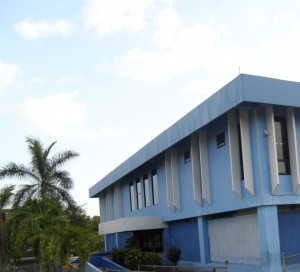
Collector of Taxes office, Constant Spring, Kingston.
There is one factor to be considered, the original budget was projected a fiscal deficit for the year of $17 billion and the focus could be on ensuring that this is wiped out and there is none in 2017/18. The new IMF agreement could have different terms than the very restrictive ones the country has been undergoing over the past 4 years.
 With more than half of the calendar year gone, overall price movements in Jamaica remained slightly negative at minus 0.1 percent, but
With more than half of the calendar year gone, overall price movements in Jamaica remained slightly negative at minus 0.1 percent, but 
 Legislation is ready to come to parliament to make the junior market tax incentive retroactive to April 1, this year to restore the incentive to its original benefits of 100 percent tax-free status for 5 years and 50 percent of the regular tax for the second 5 years, Minister of Finance,
Legislation is ready to come to parliament to make the junior market tax incentive retroactive to April 1, this year to restore the incentive to its original benefits of 100 percent tax-free status for 5 years and 50 percent of the regular tax for the second 5 years, Minister of Finance, 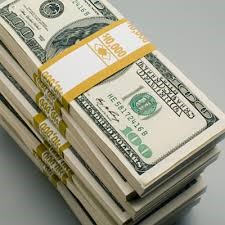
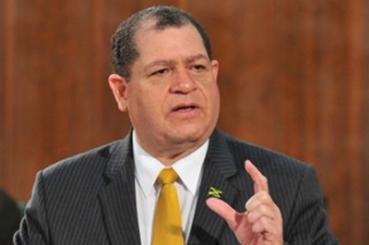
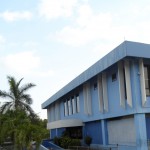
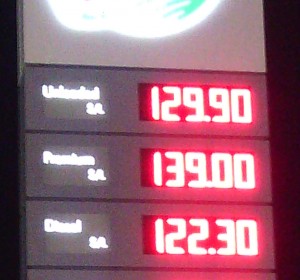

 Jamaica enjoyed a strong 10.4 percent growth amounting to US$17.2 million in net remittances in April 2016 to reach US$184 million compared to April 2015. The growth reflected an increase in gross remittance inflows buttressed by a slight contraction in remittance outflows.
Jamaica enjoyed a strong 10.4 percent growth amounting to US$17.2 million in net remittances in April 2016 to reach US$184 million compared to April 2015. The growth reflected an increase in gross remittance inflows buttressed by a slight contraction in remittance outflows. 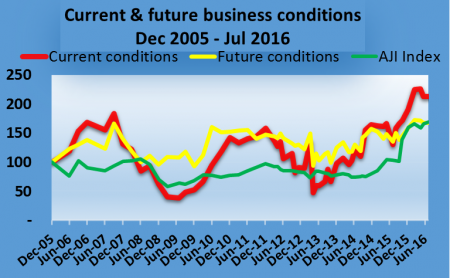 No new data is out from Jamaica’s central bank, of the latest levels. With the stock market having been rebounding, government fiscal program ahead of target and the Jamaica dollar settling down recently, the prospect of a rebound in survey numbers seems to be on the cards. Historical data indicate that the stock market is one of the best measure of business confidence levels, with the chart showing how closely the market index tracks the movement of future business confidence.
No new data is out from Jamaica’s central bank, of the latest levels. With the stock market having been rebounding, government fiscal program ahead of target and the Jamaica dollar settling down recently, the prospect of a rebound in survey numbers seems to be on the cards. Historical data indicate that the stock market is one of the best measure of business confidence levels, with the chart showing how closely the market index tracks the movement of future business confidence.






No new taxes for Jamaicans
Collector of Taxes office, Constant Spring, Kingston.
Based on developments on the fiscal operations this fiscal year, it seems that government was well on the way to enjoying a bumper reaping in 2016/17 fiscal year of higher revenues and lower interest cost that seemed adequate to meet the proposed tax break of the tax free $1.5 billion.
With the first quarter revenues and expenditure in the data is confirming what I was saying and is indicating that the naysayers are far from as informed as some would want the public to believe. What the early data is suggesting is that the economy seems to be performing better than in recent past and more importantly, that there was no need for any new taxes for this fiscal year and none will be needed to fund the rest of the personal tax break to be effected in 2017/18.
The simple reason is, savings on interest cost, with lower interest rates on government debt and an 11 percent rise in revenues over the 2015 intake, equal to an 8 percent increase above budget for the current fiscal year, will translate to $46 billion in added revenues and interest savings over the planned amounts. That will be more than enough to fund the increase tax break to come and to do without the NHT special payment. But that is not all if positive economic growth continues into 2017 revenues will rise some more probably with an additional $30 billion.
What the data is showing, is that the country has been failing from lack of thinking outside familiar territory.